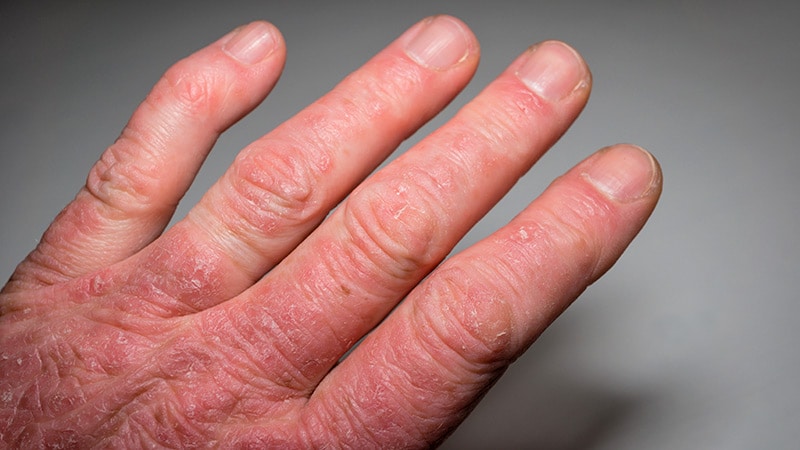Since the Nobel Prizes were created in 1901, just 24 women have received awards in the sciences. This year, that number stayed the same: All seven laureates in physics, chemistry, and physiology or medicine were men.
Some scientists have expressed frustration about the lack of women among this year’s awardees, particularly the omission of two women who contributed to the work honored for the prize in physiology or medicine. Experts who study gender bias in the sciences say the Nobel’s gender gap reflects the larger barriers to success faced by women in science — and that science is poorer for it.
The men who received this year’s prizes are “superstars,” said Liselotte Jauffred, a physicist at the Niels Bohr Institute who has studied gender bias in the Nobels. But “what are the mechanisms that make it easier for men to enter that pool of superstar scientists that could even be nominated for a Nobel Prize?”
Certain fields, like biology, chemistry and social sciences are reaching gender parity in undergraduate and graduate degrees. But representation falls further up the academic ladder — a problem known as the leaky pipeline. Some women are pushed out of science altogether because of experiences of sexism. Those who persist are less often promoted to senior professorships, and even fewer become chief physicians, department heads, or journal editors.
Even once in academia, women are not given tenure as often as men. They are not listed as the key author on as many papers, are cited less often than male colleagues, and receive fewer prestigious awards overall.

Nobel-winning AI was built on open science. Will the quest for profits quash collaboration?
Figuring out whether the Nobels reflect even more bias than academia as a whole was “not easy” Jauffred said. Researchers had to account for the lag between when a discovery is made and when it is recognized, and for the lower representation of women in science over the years. But even when accounting for those factors, she and her colleagues found in a 2019 study that the likelihood that bias against women played a role in the decision of who gets awards was around 96%.
This year’s Nobel for physiology or medicine, which was awarded to Gary Ruvkun and Victor Ambros for the discovery of microRNA, has attracted particular scrutiny with regard to gender bias. Many outside observers commented on the fact that Rosalind Lee, Ambros’ wife and long-time collaborator, was not recognized for the discovery despite being a first author on one of the studies cited by the committee. To some, the story seemed to write itself — another Rosalind overlooked by the committee, much like Rosalind Franklin, whose contributions to the discovery of DNA’s double helix were not initially recognized.
There are, however, reasons beyond sexism that can lead collaborators like Lee to get overlooked. The Nobel committee limits awards to three people, which some scientists have pointed out is an antiquated way to reward discoveries that are increasingly part of large collaborations.
“Any project of any complexity rolls out over years with many contributors,” said Bruce Wightman, a biologist at Muhlenberg College who was in Ruvkun’s lab and worked on an aspect of the discovery of microRNA. “Science takes a village.”
A spokesperson for UMass Chan Medical School said Lee and Ambros are “celebrating the Nobel Prize and view it as a recognition of the team’s collaborative work.”
The push to reduce gender bias in Nobel Prizes
That said, how credit is distributed to scientists that are part of a large collaboration may also be the product of bias. One study found that women who co-authored papers were less likely to receive tenure compared to those who published papers alone. This kind of collaboration didn’t have any effect on men’s ability to get tenure. Another found that women tended to receive authorship on papers or patents to which they had contributed less often than male colleagues.
The Nobels tend to “recognize people who were in a position of power and authority, instead of the people who actually made a discovery or had an idea or proved it experimentally,” said Pnina Abir-Am, a historian of science at Brandeis University, who has studied collaborative couples in science as well as documented the women who were not recognized for the Nobel prize for RNA splicing.
The Nobel committee is often “narrow-minded” in who it gives awards to, Abir-Am said, favoring those who are heads of the lab where the research was conducted as well as those who have trained with other Nobel laureates. That means lower chances of receiving the prize for women, racial minorities, and more junior scientists who have made breakthrough discoveries but are less likely to be in positions of power.
Nobel winners also tend to come from socioeconomically privileged backgrounds, according to Paul Novosad, an economist at Dartmouth College who studies access to opportunity and upward mobility. Novosad and his colleagues published a white paper this week finding that on average, laureates came from households with fathers in the 87th percentile of income in their country. Around half were in the top 5% by income.
Female laureates tended to be from even more elite families, which the authors write may be because the higher socioeconomic status helps them overcome some of the gendered obstacles in academia. But “it means that elite women in the sciences are drawn from an even smaller socioeconomic pool than men, implying substantial misallocation,” they write in the paper.
“If children who are brilliant but poor fail to make it into the sciences, then all of humanity loses out on their potential discoveries,” said Novosad.
Things may be changing. The analysis found that the average socioeconomic status of laureates is creeping downward, which could signal a slow democratization of the sciences. “This kind of research is really important for the same reasons that we would like to see less elite demographics represented in various top positions,” said Novosad. “Unfortunately there is still a surprising amount of work to do just to convince men in senior scientific positions that these barriers exist at all.”

The Ozempic revolution is rooted in the work of Svetlana Mojsov, yet she’s been edged out of the story
One change that may make recognition more fair going forward is the growing practice of papers delineating what each author has contributed to a paper. “Journals require scientists to say who contributed to conception and who contributed to experiments,” Abir-Am said. This creates less ambiguity around who directly contributed to discoveries that are being honored by awards — as opposed to assuming lab heads or senior authors did the lion’s share of the work. “I don’t care who is a director and who is a junior [researcher], I want to know who did what.”
The organizations that select Nobel laureates have taken steps to address the laureates’ lack of diversity in recent years. In 2019, Nobel committees began asking nominators to consider gender and ethnicity to encourage a wider range of diversity in nominees. And since scientists have to be invited to contribute nominations, “[w]e are extending invitations to an increasing number of individuals from regions beyond traditional academic research hubs in the United States, Europe, Australia and Japan,” Thomas Perlmann, the secretary for the Nobel Committee for Physiology or Medicine, told Nature this week. “Moreover, we’re actively identifying more women and younger scientists as nominators.”
Jauffred has also seen improvement. She was motivated to write her paper on gender bias in the Nobels after Donna Strickland in 2018 became the first woman to win the Nobel in physics in 55 years. Since 2018, two more women have also won the Nobel in physics. Still, progress is slow.
“The demography of fields has been changing for a long time, but it’s not yet reflected in Nobel Prizes,” Jauffred said. “When we don’t see that diversity represented in the Nobel Prizes, of course we ask ourselves questions. Why does it have to be like that?”
Megan Molteni contributed reporting.










